I recently ran across an article on Twitter that I thought would be a good read for KC’s Art & Technology. It was from The Maze Blog and because of copyright issues I don’t think that it would be a good idea to post the whole article here. Nevertheless, I think the author, or maybe the interview, is relevant to most web designers so I wanted to try to draw some attention to it. I decided to only show the top three suggestions to what a designer should be aware of. You can read the rest of the article and even more great suggestions at https://blog.maze.design/things-ux-designer-should-know/
“What are ten bites of UX wisdom you think every designer should know?
1. Ask as many questions as possible. Talk with users to understand them and don’t be afraid to ask even the most obvious questions. You might be surprised by the unexpected answers you’ll receive.
2. Don’t build on assumptions. Making assumptions means believing things are a certain way with little to no evidence. You should avoid this mentality if you want to become a good UX designer.
3. Test and validate your ideas. Many of us have had moments when we come up with what we think is a great idea, and we’re ready to jump in and start building. Ideas are great but are they answering a real problem people have? You need to test and validate (or invalidate) ideas before you start working on them.”
In the ever changing landscape that we as web designers must navigate it’s nice to read an article that clearly defines the role that we should play with our clients. We all have ideas and maybe believe that we’ve been able to work out the bugs of UX or UI freelancing, but if I’m being truthful, it sometimes feels like there is no a answer that will solve the current problem. Having a resource that is clear and concise always helps.
Again, take a few moments to give the article a read, it could only help. Read it.
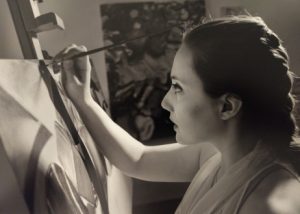 The end of last month I finally got to sit down with the talented artist and colleague, Susan Moore. Not only is she a painter from Iowa that specializes in oil paintings centered on food. she’s also an Assistant Professor of Art at Peru State College. Her ‘delicious’ work has been seen all around the country, with her most recent upcoming show starting in January at the Stanford Art Museum in Oklahoma. I can honestly say that I feel fortunate to have gotten her to agree to this interview.
The end of last month I finally got to sit down with the talented artist and colleague, Susan Moore. Not only is she a painter from Iowa that specializes in oil paintings centered on food. she’s also an Assistant Professor of Art at Peru State College. Her ‘delicious’ work has been seen all around the country, with her most recent upcoming show starting in January at the Stanford Art Museum in Oklahoma. I can honestly say that I feel fortunate to have gotten her to agree to this interview.
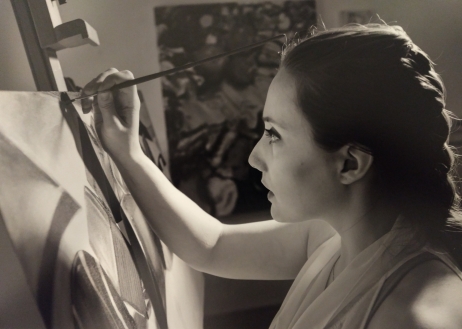


 About three weeks ago I decided to sit down with a good friend and former colleague to ask her a few questions to get her take into what it’s like to be an accomplished artist, I also wanted to hear the process that she took to get there. I think it’s safe to say that in many ways Julia Townsend is renaissance woman with wide-ranging skills from painting to sculpture and long distance running to sea kayaker. If there is anything that she is not capable of doing I haven’t seen it yet.
About three weeks ago I decided to sit down with a good friend and former colleague to ask her a few questions to get her take into what it’s like to be an accomplished artist, I also wanted to hear the process that she took to get there. I think it’s safe to say that in many ways Julia Townsend is renaissance woman with wide-ranging skills from painting to sculpture and long distance running to sea kayaker. If there is anything that she is not capable of doing I haven’t seen it yet.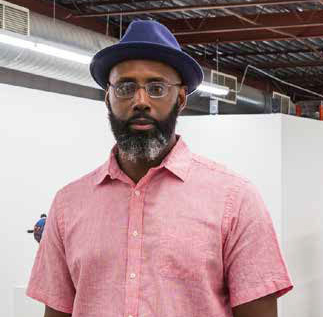
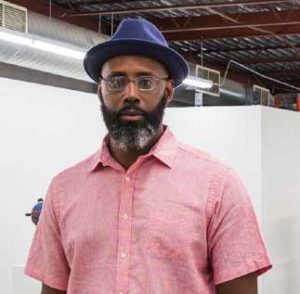 The latest artist interview that I had scheduled for this site was to be for a longtime friend, Corey Pickett, who is starting to make a name for himself in the art field. I use the word, “starting” a little loosely because by some measures, he has “arrived.” His work is topical and relevant to the current tone of society in the US. I don’t think it’s an exaggeration to say that I would expect his work to take off in a couple of years. He’s had solo exhibitions across the country and his work is currently being shown at ENMU, with a new exhibition in Sante Fe, that will be opening shortly. This December he will be showing in Pennsylvania too.
The latest artist interview that I had scheduled for this site was to be for a longtime friend, Corey Pickett, who is starting to make a name for himself in the art field. I use the word, “starting” a little loosely because by some measures, he has “arrived.” His work is topical and relevant to the current tone of society in the US. I don’t think it’s an exaggeration to say that I would expect his work to take off in a couple of years. He’s had solo exhibitions across the country and his work is currently being shown at ENMU, with a new exhibition in Sante Fe, that will be opening shortly. This December he will be showing in Pennsylvania too.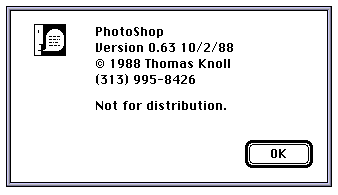
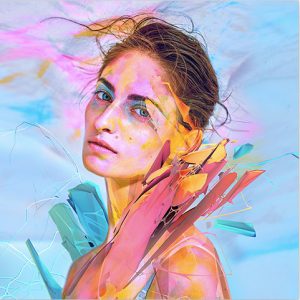 There was a time when Photoshop (PS) was a fresh new product that nearly nobody had heard of. Of course those times are long gone, in fact I think that if you were to ask anyone on the street, in any country in the world, “What is Photoshop?,” all would give you basically the same answer, “It is an image editing software.” If there were any variations in responses my guess is that it would be minimal. It’s remarkable that PS has basically become a worldwide household name, (assuming I’m correct of course), you could include it with such brand names like Coca-cola, Toyota, and maybe a few others.
There was a time when Photoshop (PS) was a fresh new product that nearly nobody had heard of. Of course those times are long gone, in fact I think that if you were to ask anyone on the street, in any country in the world, “What is Photoshop?,” all would give you basically the same answer, “It is an image editing software.” If there were any variations in responses my guess is that it would be minimal. It’s remarkable that PS has basically become a worldwide household name, (assuming I’m correct of course), you could include it with such brand names like Coca-cola, Toyota, and maybe a few others.